

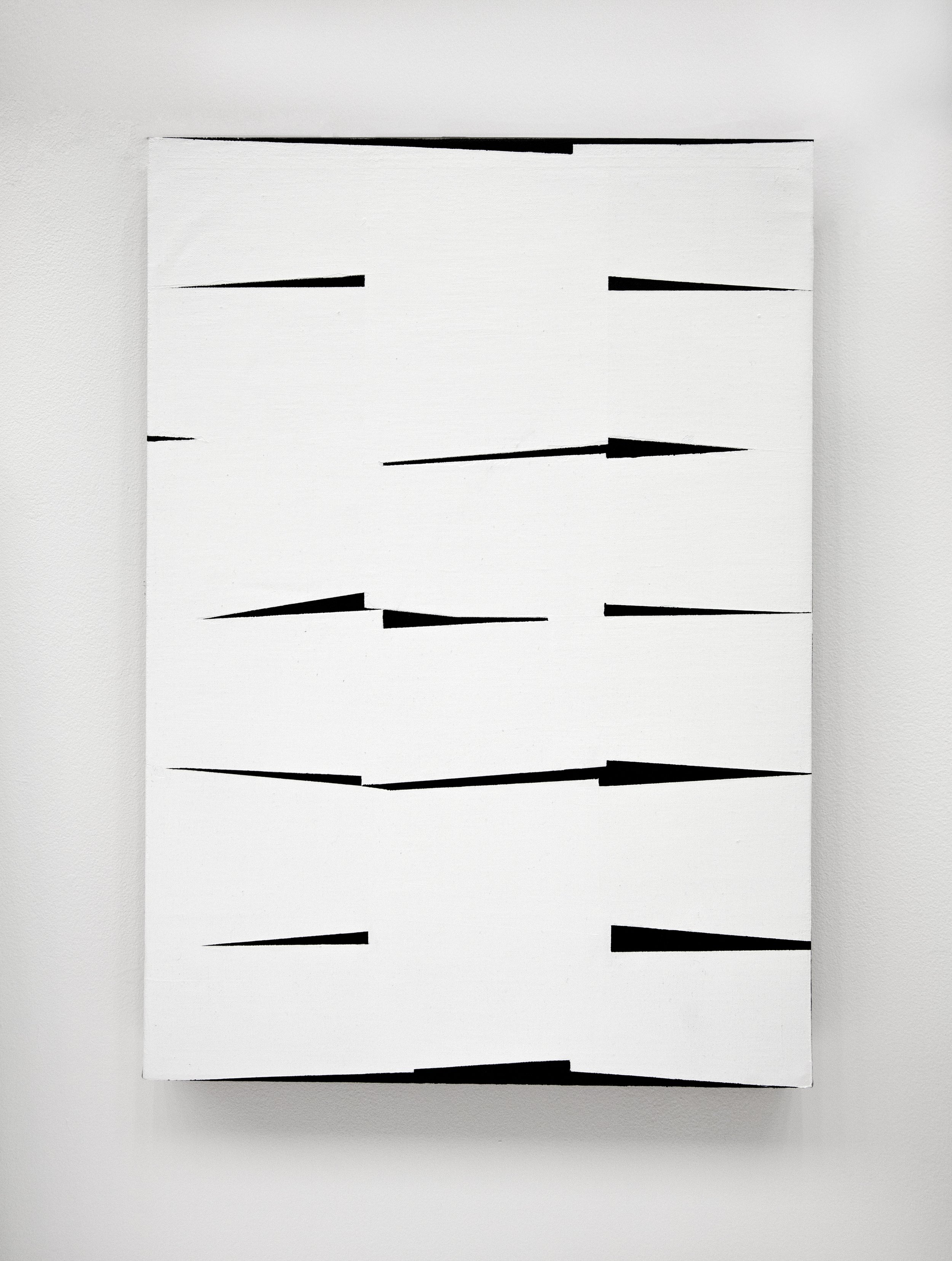







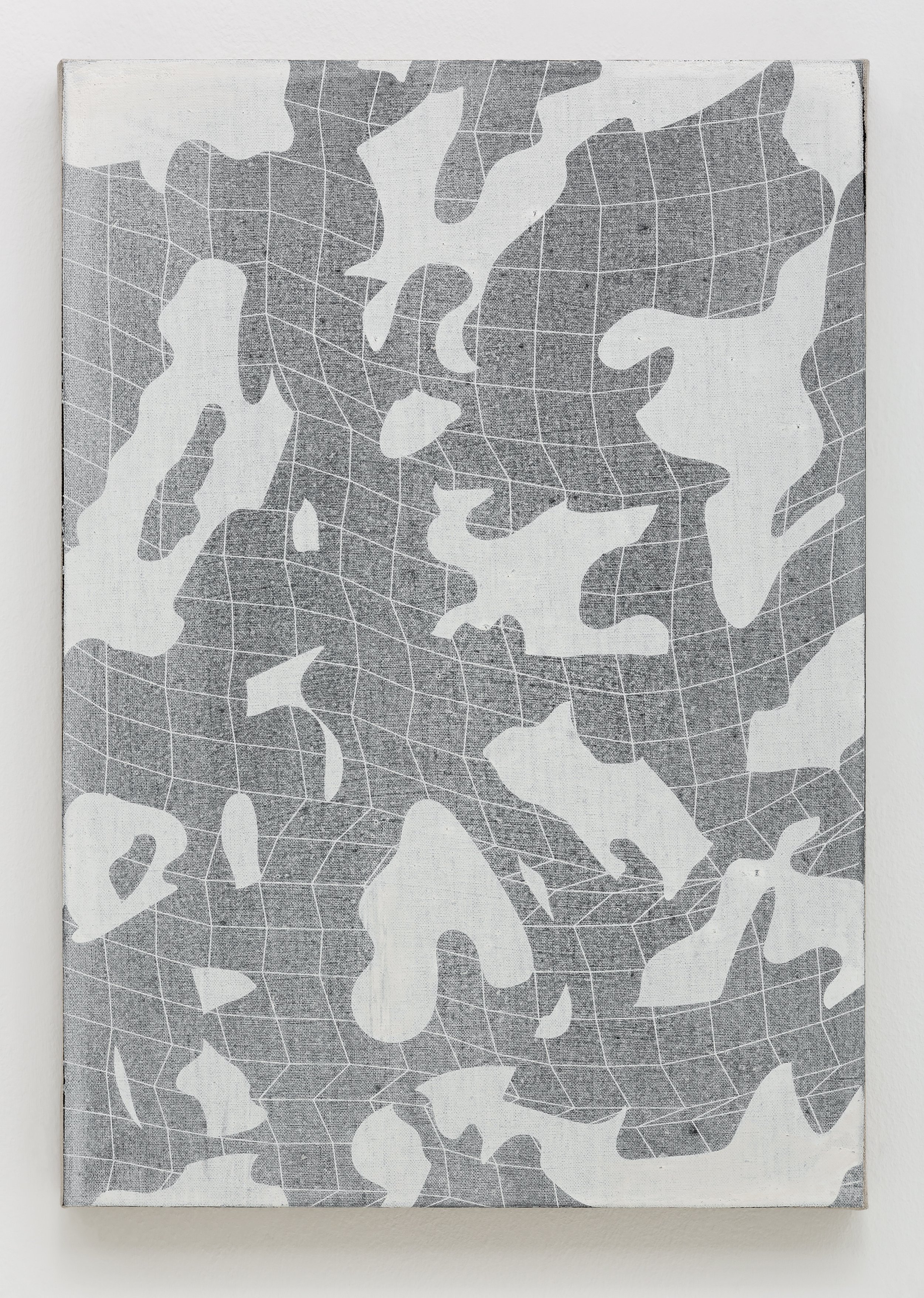




ffdf
Edge Control navigates the terrain of diagrams, edges, surface tension, limits, syntax, and glitch—through the modality of painting. The works tend toward hard-edged abstraction and a monochromatic palette. While the titles follow a chronological numbering system for archival clarity, they also obliquely reference specific events. As the series expands indefinitely, the shaped stretchers reflect the evolution—or gradual disintegration—of form. At times, wordplay or phrases serve as catalysts, prompting the improvisation of new shapes.










Swivels explores the negotiation of painting as object, maintaining an ongoing dialogue with flatness and restraint. Mounted on steel brackets, these shaped paintings rotate, revealing their various facets and components. While sculpture is often apprehended in relation to the human body, this work proposes a more mutable encounter—its capacity to swivel suggests a quiet choreography of confrontation and withdrawal. The tension of such controlled movement, especially in close proximity to the wall, becomes intrinsic to the work’s affect.




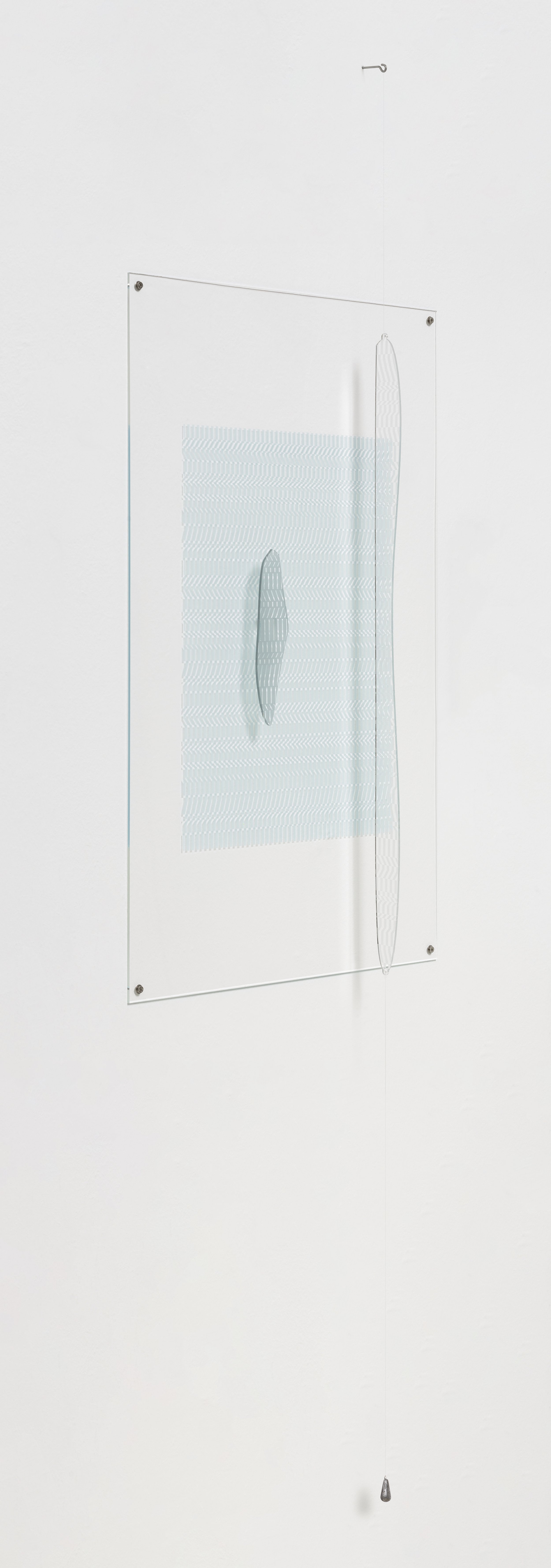





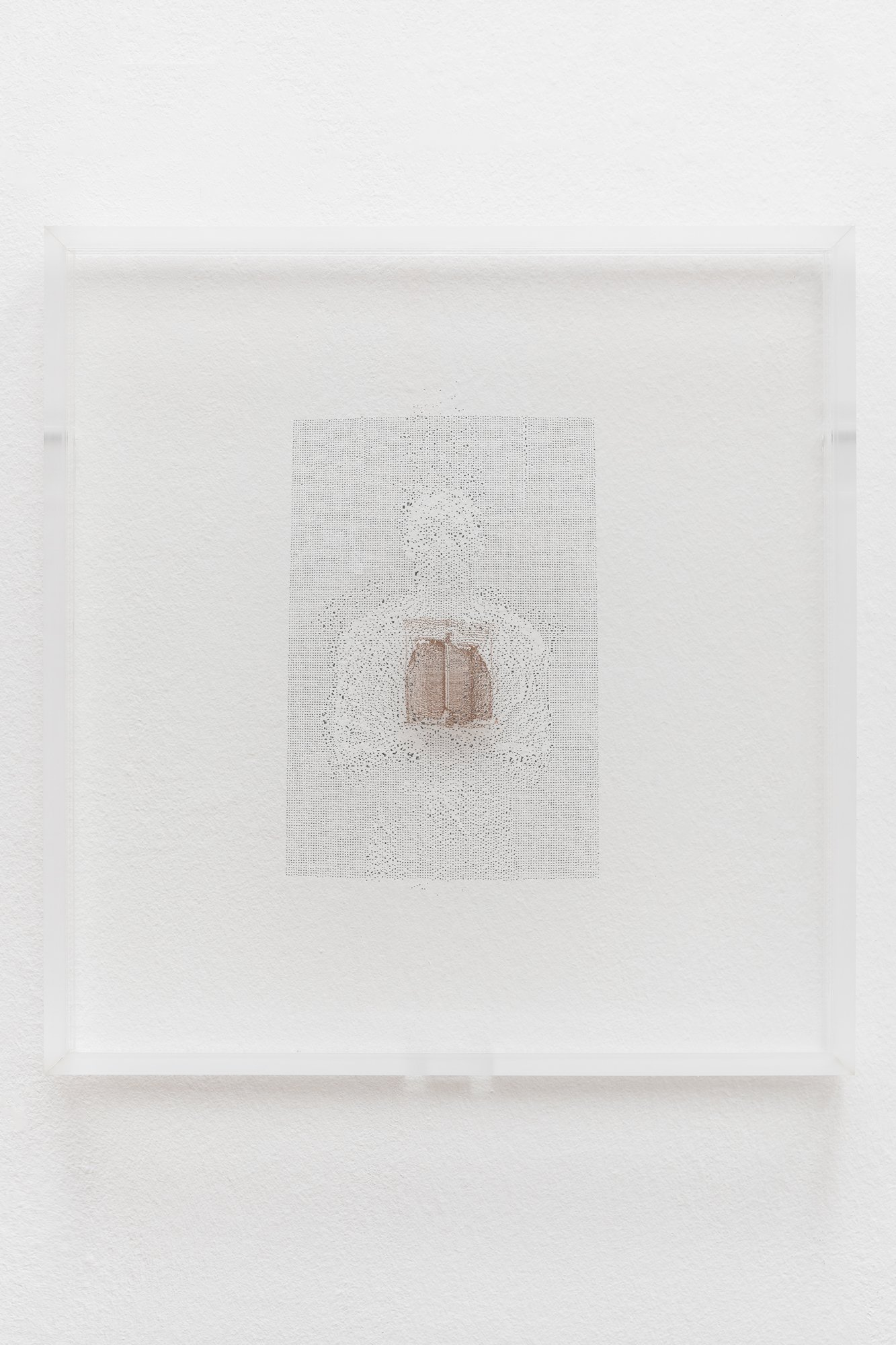







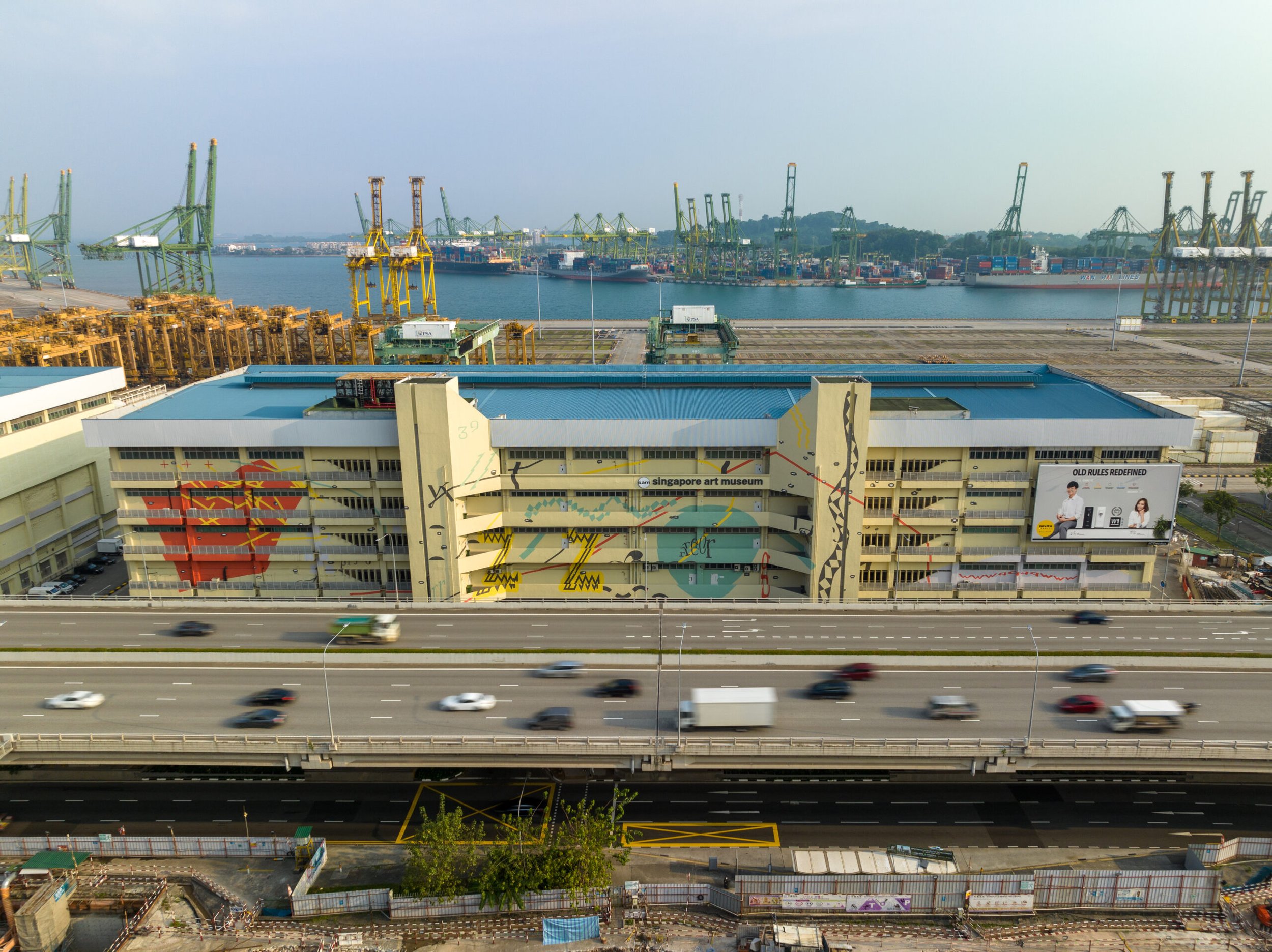



In Prove You Are Human, the use of vector graphics on the façade of the Singapore Art Museum embraces a deliberately loose visual syntax, referencing the aesthetic of CAPTCHA codes. Motifs, letters, numerals, and icons are pared down to their essential geometries, functioning as both visual forms and typographic onomatopoeia.
Here, misalignment is not a flaw but a strategy. The façade becomes a monumental ledger of fractured letterforms and numerical symbols—each distinct, yet collectively coherent. The composition treats irregularity as a stylistic device rather than an error.
The typographic elements on the building’s surface are hybrids, merging characteristics of serif and sans-serif typefaces. Subtle distortions—an elongated leg, a skewed shoulder, a wavering stem—evoke both the rigidity of bureaucratic documents and the idiosyncrasies of a misspelled word. It is in this tension between structure and slippage that the work finds its visual and conceptual cohesion.
This exploration continues in Objects in the Mirror are Closer than they Appear, where CAPTCHA phrases, guilloché patterns, glyphs, and other computer ciphers drift and morph, transitioning fluidly from one to the next. Different textures and holographic surfaces suggest a multi-sensory depth—one that mirrors the varied nature of digital perception and our embodied navigation through increasingly virtual terrains. The work probes the porous boundary between physical surface and data interface, complicating the way we see, feel, and decode the world.
Artificially Intelligent extends these inquiries into the realm of computational aesthetics. Here, Typestracts assembles non-linguistic concrete poems from keyboard characters—slashes, brackets, stops—arranged with a compositional sensitivity that privileges form over semantics. Light embossing recalls braille, lending the works a tactile charge that offsets their typographic abstraction.
Sculptural components shown at APT10 are etched acrylic sheets resembling the heatsinks of central processing units—reinforcing the circuitous relationship between human expression and machine logic.
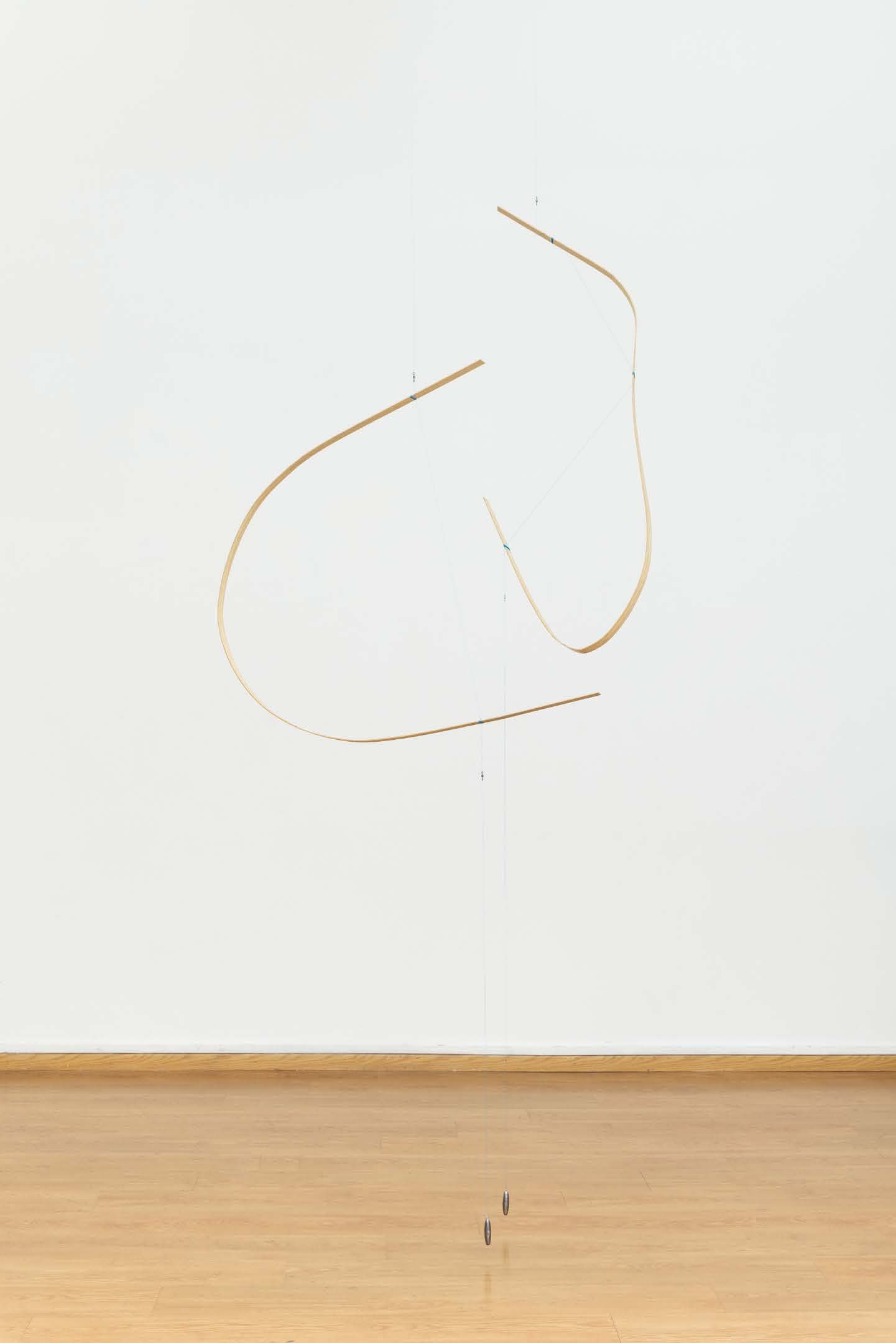
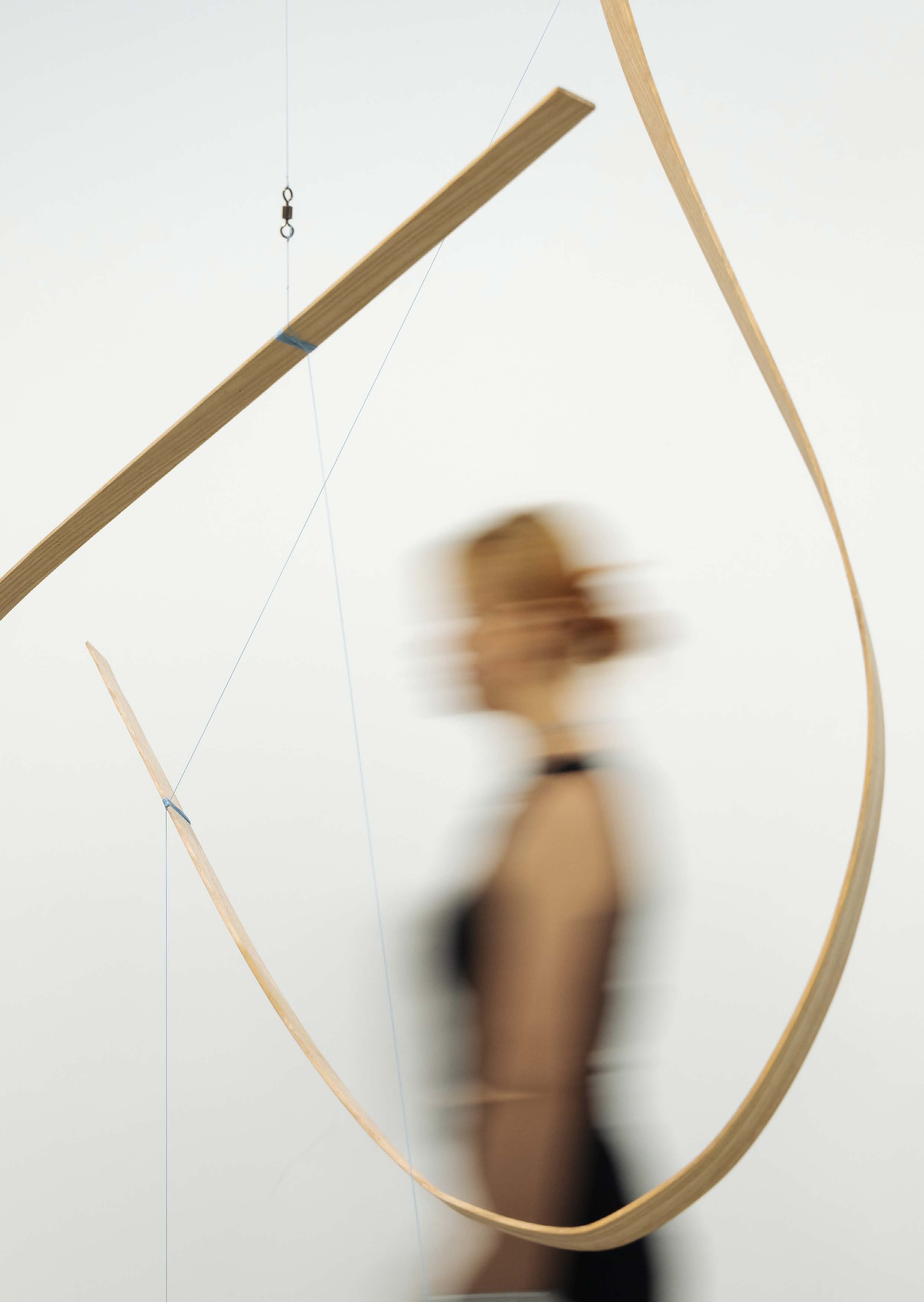








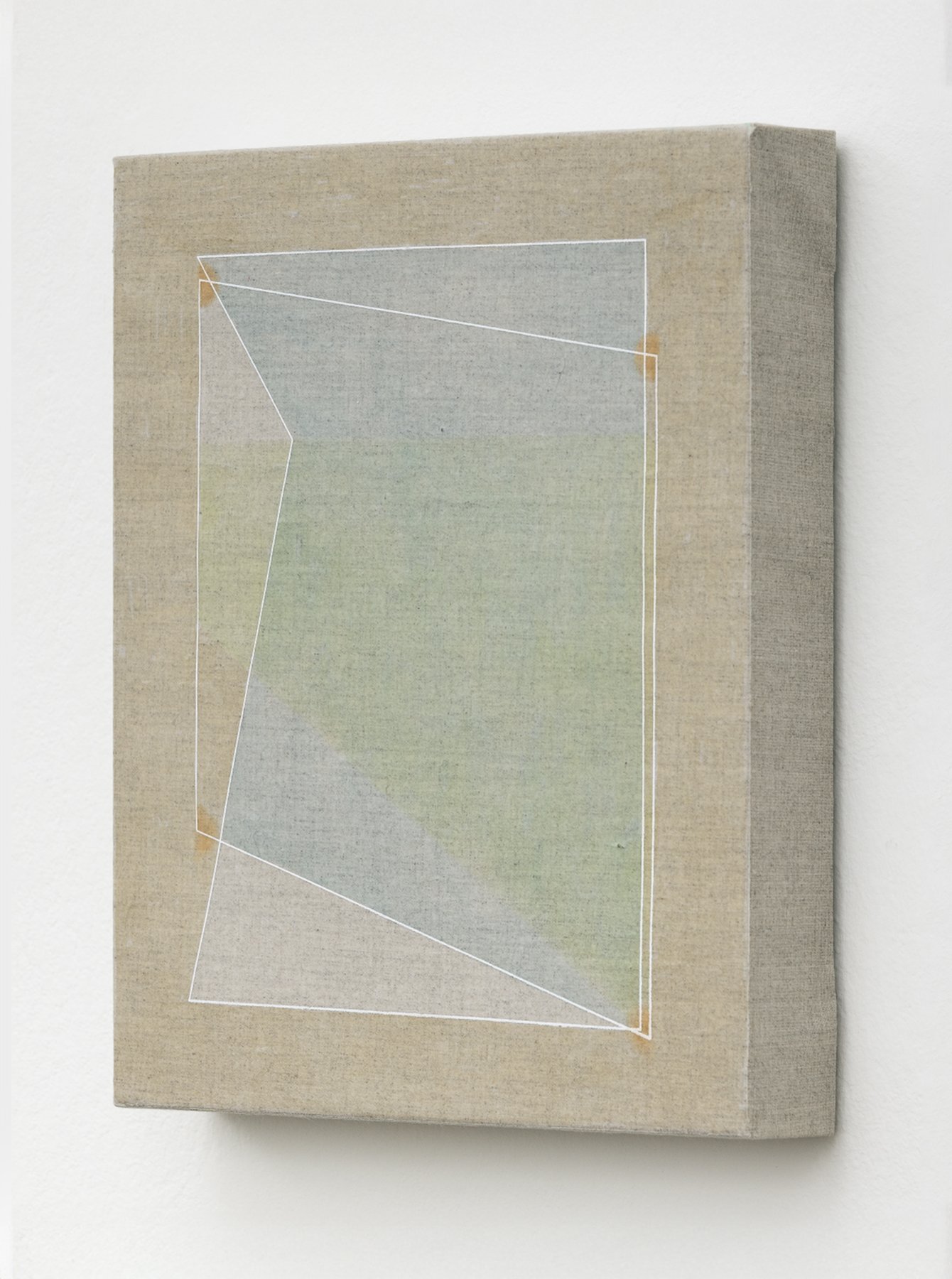


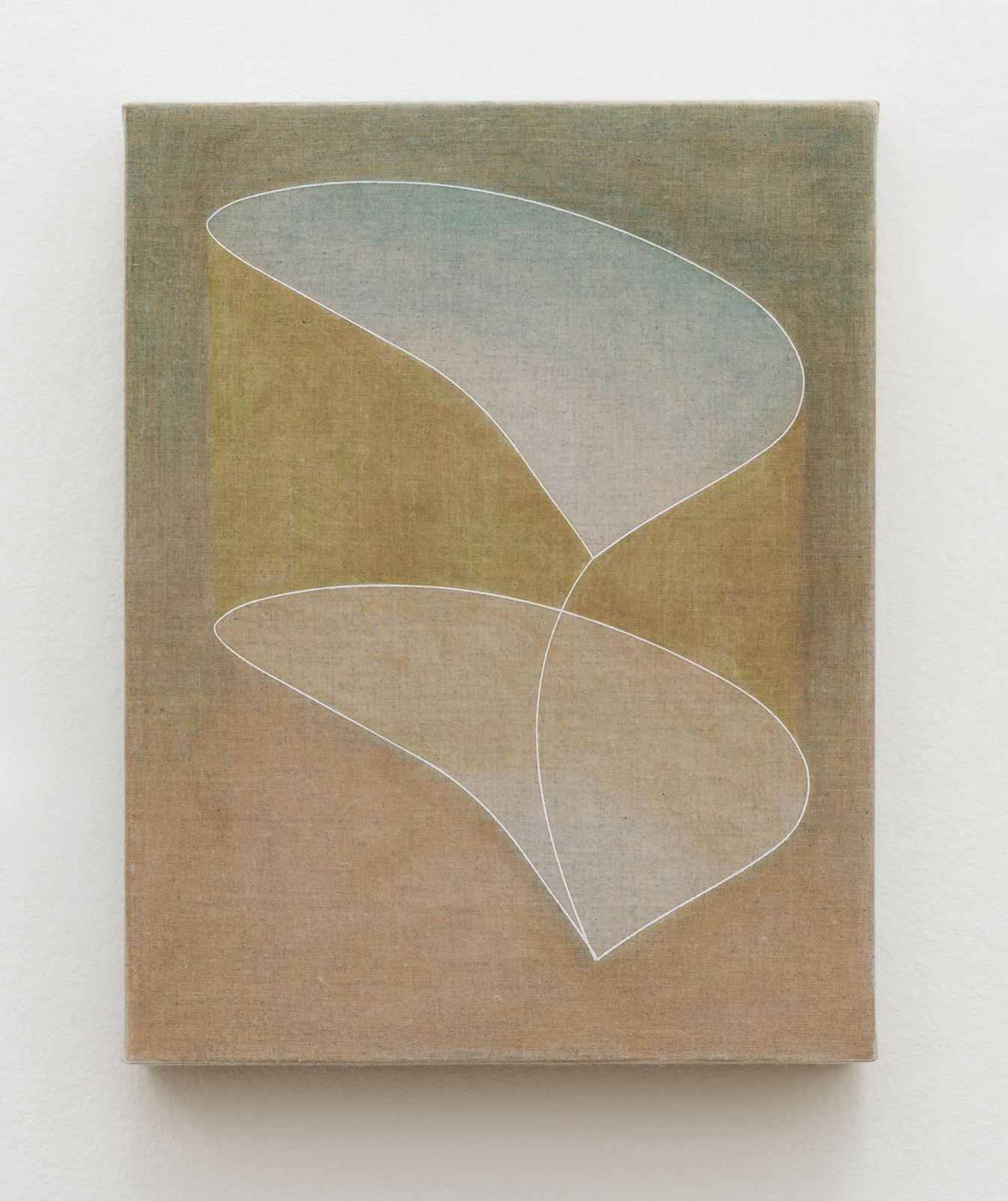













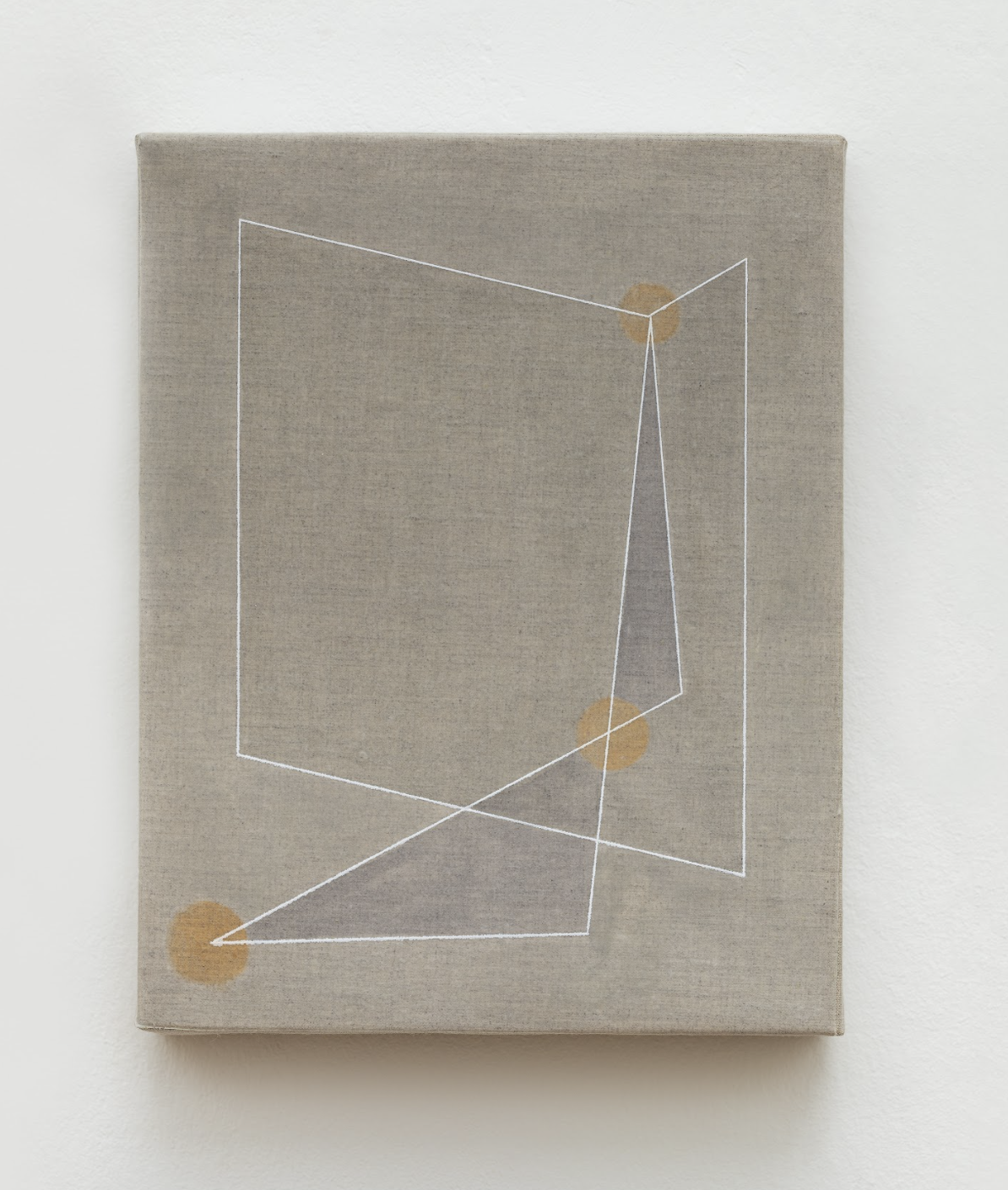
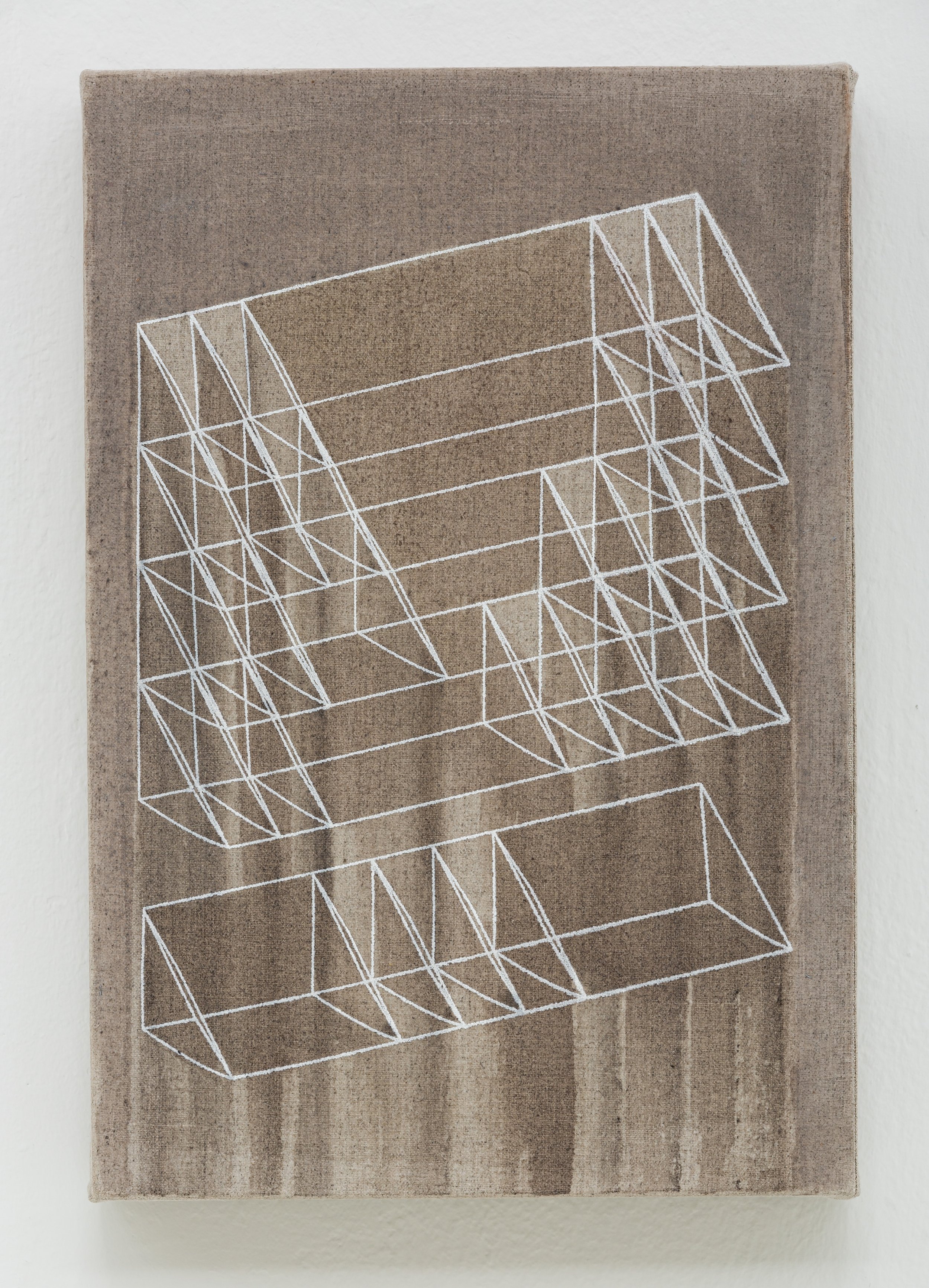


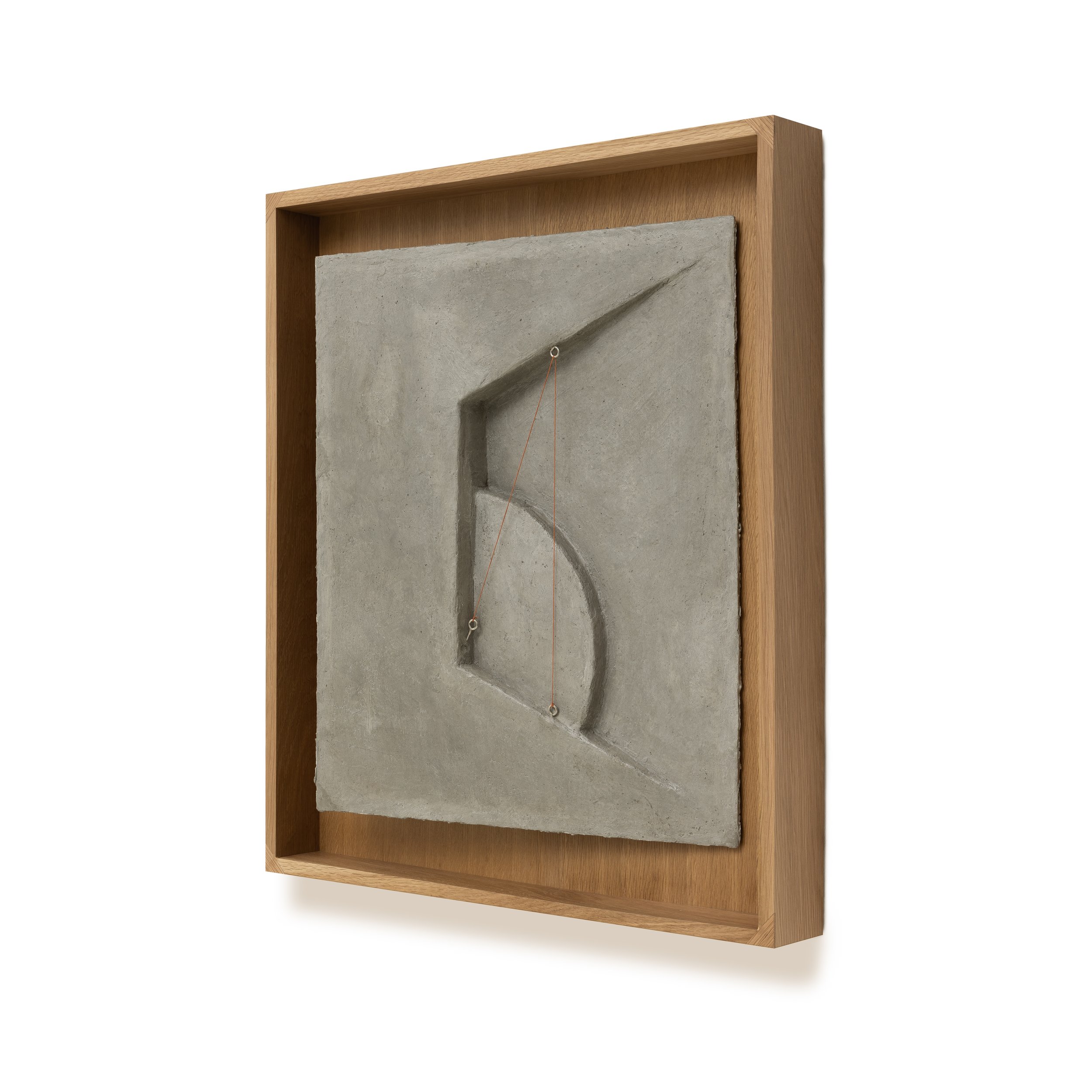


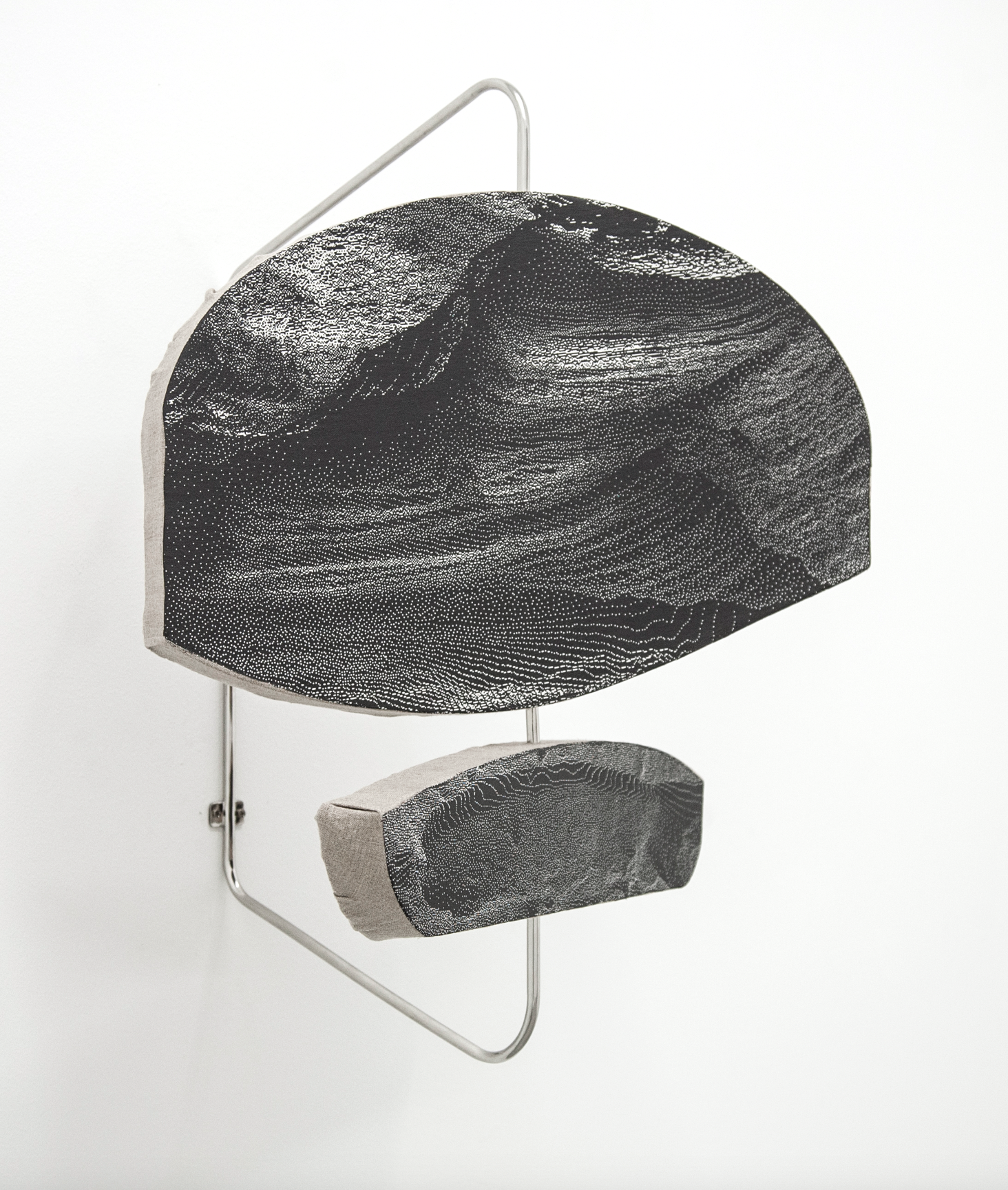

>>>>














